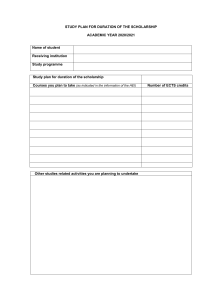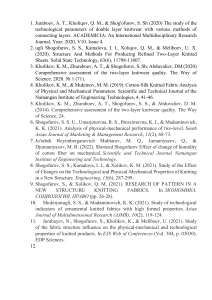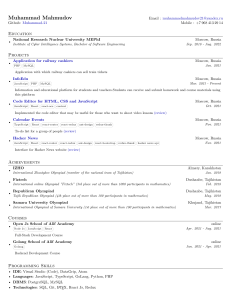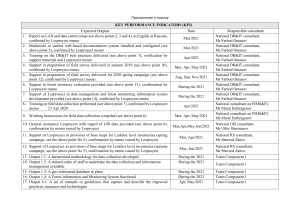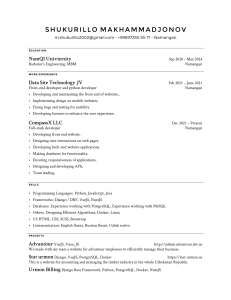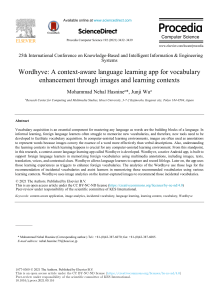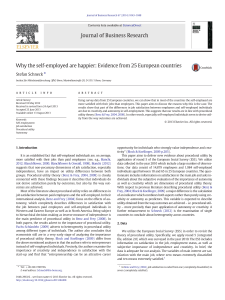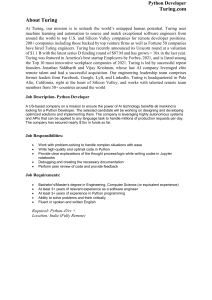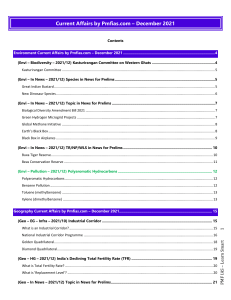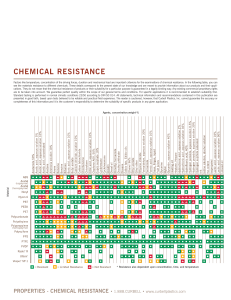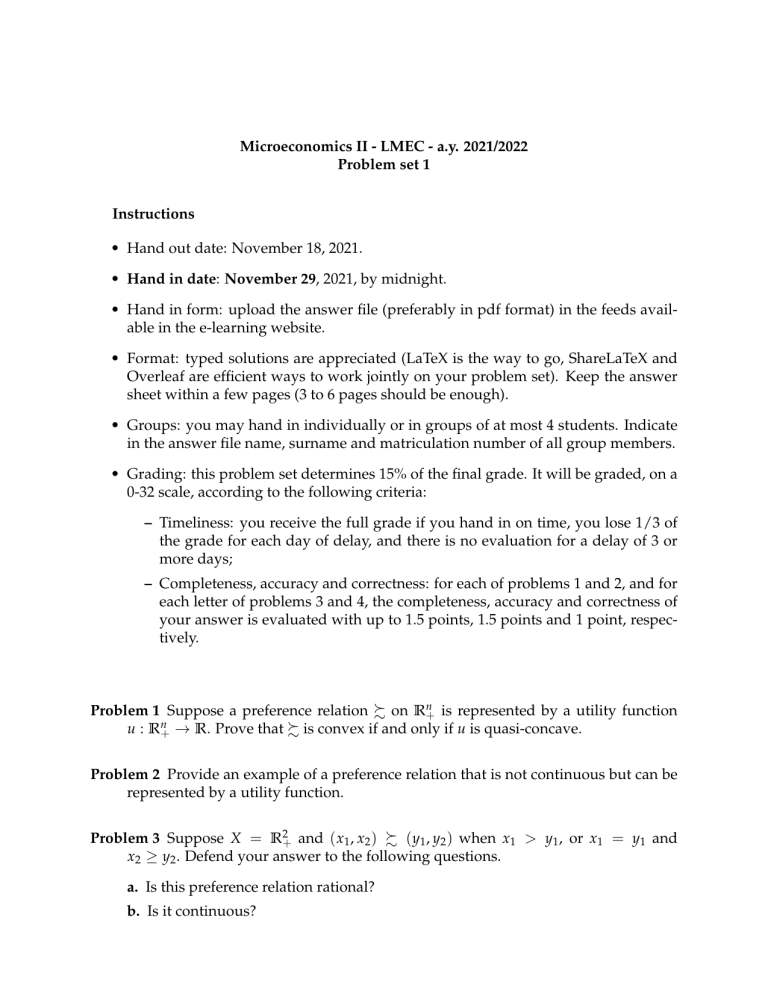
Microeconomics II - LMEC - a.y. 2021/2022 Problem set 1 Instructions • Hand out date: November 18, 2021. • Hand in date: November 29, 2021, by midnight. • Hand in form: upload the answer file (preferably in pdf format) in the feeds available in the e-learning website. • Format: typed solutions are appreciated (LaTeX is the way to go, ShareLaTeX and Overleaf are efficient ways to work jointly on your problem set). Keep the answer sheet within a few pages (3 to 6 pages should be enough). • Groups: you may hand in individually or in groups of at most 4 students. Indicate in the answer file name, surname and matriculation number of all group members. • Grading: this problem set determines 15% of the final grade. It will be graded, on a 0-32 scale, according to the following criteria: – Timeliness: you receive the full grade if you hand in on time, you lose 1/3 of the grade for each day of delay, and there is no evaluation for a delay of 3 or more days; – Completeness, accuracy and correctness: for each of problems 1 and 2, and for each letter of problems 3 and 4, the completeness, accuracy and correctness of your answer is evaluated with up to 1.5 points, 1.5 points and 1 point, respectively. Problem 1 Suppose a preference relation % on Rn+ is represented by a utility function u : Rn+ → R. Prove that % is convex if and only if u is quasi-concave. Problem 2 Provide an example of a preference relation that is not continuous but can be represented by a utility function. Problem 3 Suppose X = R2+ and ( x1 , x2 ) % (y1 , y2 ) when x1 > y1 , or x1 = y1 and x2 ≥ y2 . Defend your answer to the following questions. a. Is this preference relation rational? b. Is it continuous? Problem 4 An individual consumes two goods and her utility function is: u ( x1 , x2 ) = [min (2x1 + x2 , x1 + 2x2 )]2 a. Draw some indifference curves. b. Is the utility function: (i) concave, (ii) quasiconcave, (iii) homogeneous, (iv) homothetic? c. Find the Walrasian demand for both goods. d. Find the indirect utility function.


